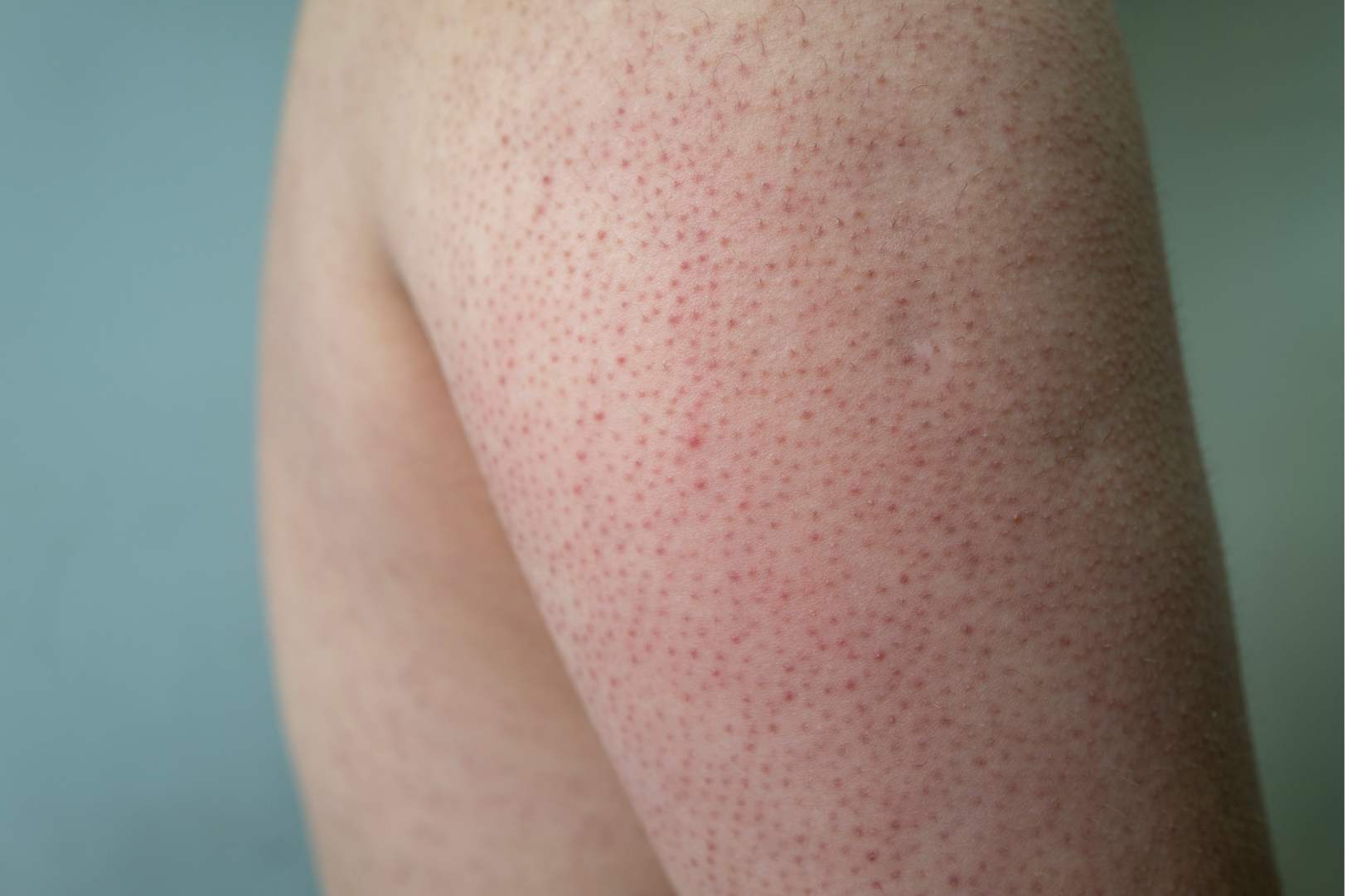
It's common to notice lesions, abnormal growths, and discoloration on the skin, especially as you age. Generally, they are not life-threatening, though it is common for you to be concerned about their nature, whether benign (noncancerous) or malignant (cancerous). Any new or unusual skin growth must be addressed and assessed by your dermatologist (a doctor specializing in diagnosing and treating conditions related to the skin, hair, and nails) for its potential.
This informative blog will highlight a benign skin growth known as Seborrheic Keratosis. It tends to appear in middle age and may develop more as you get older. These are usually harmless growths that require treatment, typically due to cosmetic concerns. Let us delve into understanding skin growth, from its types, causes, symptoms, and diagnosis to treatment options.
Seborrheic keratosis is skin growth known as brown warts, senile warts, seborrheic warts, or wisdom warts. Though they usually appear in middle age, you may develop more of these growths as you get older. The term keratosis means a knobby overgrowth of keratinocytes. These are common cells found in your skin's epidermal (superficial) layer. Seborrheic keratosis can be found anywhere on your body but is more common on your scalp, face, chest, shoulders, abdomen, and back.
There is no definite research evidence about the exact cause of seborrheic keratosis. These growths usually tend to run in families having an inherited tendency.
However, certain risk factors can increase your susceptibility to develop seborrheic keratosis. These include:
A seborrheic keratosis skin growth develops gradually with the following signs and symptoms:
Dermatologists can easily identify seborrheic keratosis with the naked eye. However, when in doubt, your doctor may use a special diagnostic tool called a dermoscopy dermoscopy, a small-handled microscope, to analyze the growth microscopically.
If your doctor suspects malignancy, they may rule out the possibility through a biopsy. Here, a small tissue sample is taken and studied under a microscope in the laboratory.
Most often seborrheic keratoses do not require any treatment since they are harmless and non-contagious. However, if the skin growth causes irritation and discomfort and is unsightly, then your doctor may consider removing it.
Treatment and removal methods for seborrheic keratosis include the following:
Seborrheic keratosis may sometimes be confused with melanoma. However, both differ in the following ways:
| Features | Seborrheic Keratosis | Melanoma |
| Nature | Benign with multiple growths | Malignant and always develops as a single-growth |
| Texture | Rough, scaly, raised, and bumpy | Often has a smooth texture |
| Borders | Consists of well-defined borders | Have ragged or blurry borders |
| Shape | Round or oval in shape | Are asymmetrical without a definite shape |
| Color | Are brown, black, or tan | Are of varied colors |
| Cause | Inherited | Increased sun exposure or exposure to UV light from tanning beds |
| Size | Are small and can enlarge up to 1 inch across | Are larger than ¼ inch and growing rapidly over time |
| Location | Mostly seen on the scalp, face, chest, and back | Found mostly in sun-exposed areas like the face, arms, and legs |
Seborrheic keratosis is a benign skin growth that is harmless and not life-threatening. This often occurs as a result of abnormal multiplication, growth, and proliferation of keratinocytes. Though they are not dangerous, you must have them checked by your dermatologist to rule out other
similar skin growths like melanoma. A seborrheic keratosis usually does not require treatment unless it causes irritation or discomfort and is unaesthetically unappealing. There are several treatment options to remove seborrheic keratosis, but your doctor can help you determine the best option by weighing the pros and cons of each treatment approach.